Phenology is the study of seasonal life cycle events in plants and animals. Following local phenology can be a fun way to stay in touch with one's natural surroundings. For me it is a good excuse to get outside. While fun and always rewarding to see some of these events, the long-term study of phenology can be used as a proxy for understanding how the climate of a place may be changing.
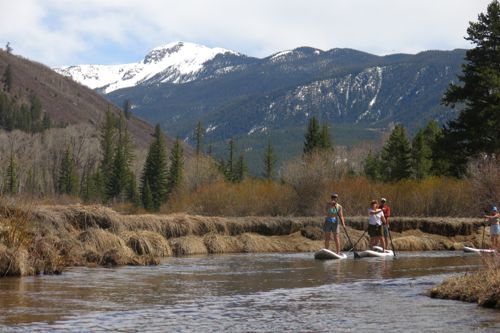
Springtime in the mountains around Aspen has finally arrived, though it seems later than everywhere else. Everywhere else but Toolik Alaska, that is. As I prepare for my research experience on the North Slope I have been following the ecological changes of springtime here at home and in the arctic at Toolik. In a short 3 weeks I will be traveling to the arctic to begin working with "Team Squirrel" learning about the biological clocks of hibernating ground squirrels. While in Toolik, I will also be watching for any ecological changes that can be observed. This could include the melting of snow, the comings and goings of wildlife, and the development of plants.
In preparation for my work at Toolik, my Aspen High classes and I have been following the daily naturalist journal posting from the field station. These include weather, snow cover, and wildlife sightings. There is also a live camera. Visit the site and compare to the ecological conditions where you live. Toolik Naturalist Journal
This past week a number of significant observations were made by biologists at Toolik including the arrival of several species of migratory birds including: Northern Pintail, white-crowned sparrow, robins, and white fronted geese.
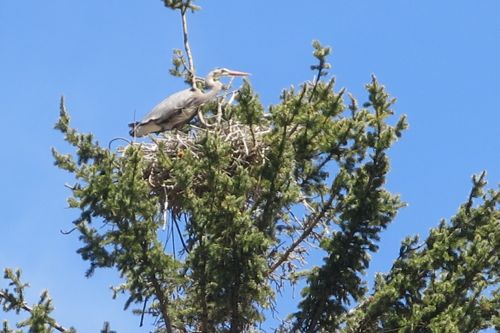
Here at home, some of the phenological changes I have observed include the leafing out of Aspen trees, the arrival of migratory birds, the nesting of herons, the drumming of grouse, and the croaking of chorus frogs. In Aspen, the snow has melted on the valley floor, but is still deep on the mountain tops. As the days warm, melting is accelerated, causing the streams to swell. The Roaring Fork river is already raging well above average for this time of year. Our spring runoff appears to be expedited by an April dust storm that coated the snow throughout western Colorado. This "dust on snow" event is not only unsightly, but the dark color absorbs light rather than the usual reflection of the white snow. This is causing the snow to melt faster, and will likely speed the timing of our river's spring run-off. The reflectivity of snow and ice is known as the albedo. Albedo determines the rate of snowmelt, but it is also critical to understanding global temperature balance. There is a great deal of research in trying to understand albedo changes in polar regions due to the melting of ice and snow. We will look at this in greater detail in later journals.
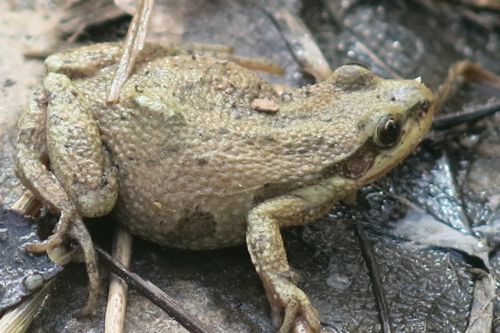
If you are interested in tracking the phenology of ecological changes in your area, or want to add your phenology observations follow this link:
AHS phenology
To submit data:
DataForm
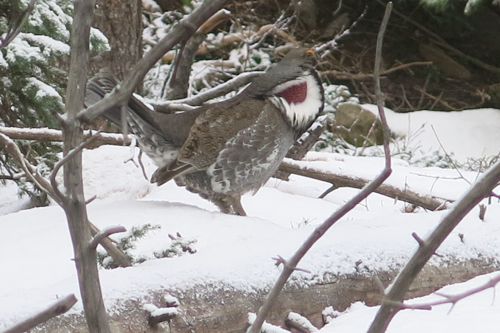
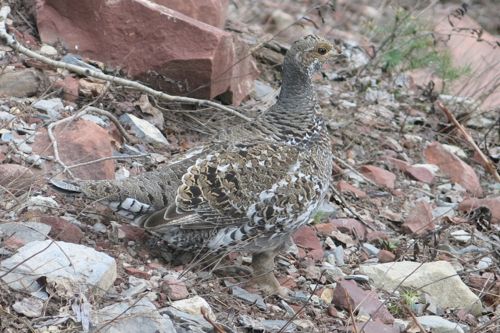


Comments